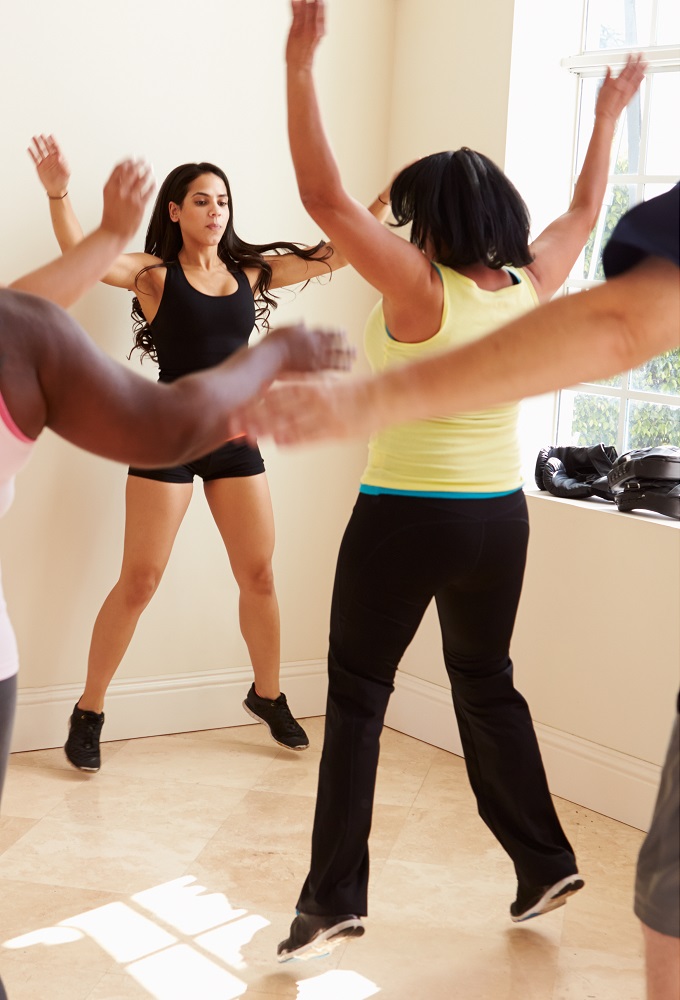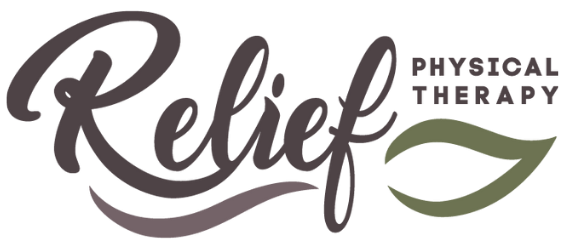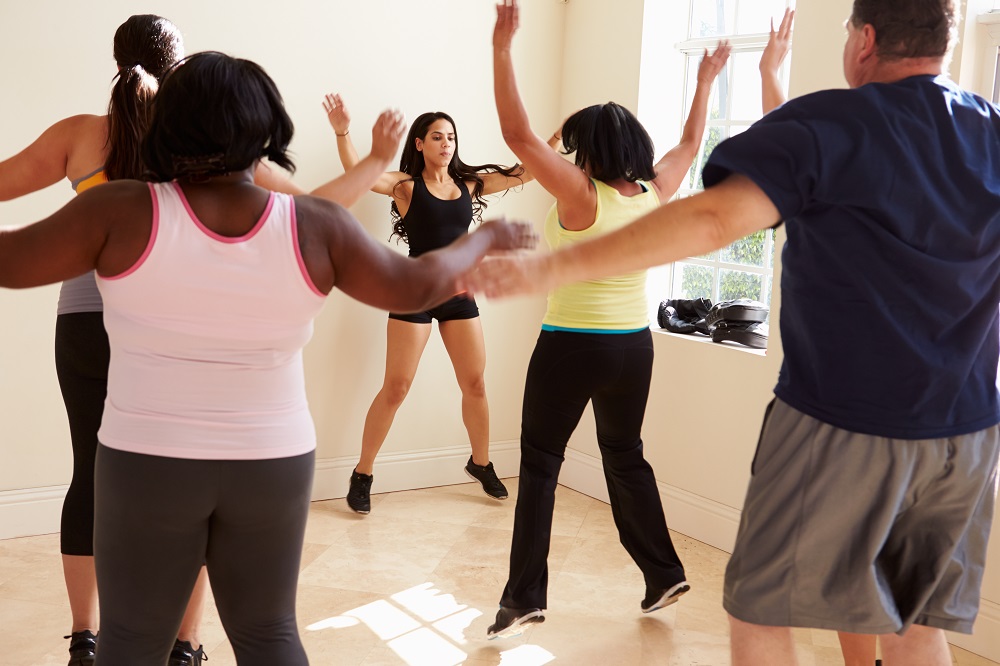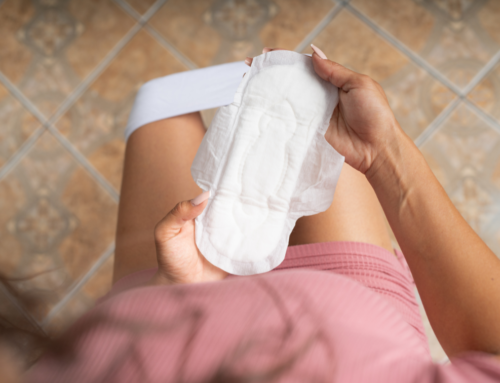Pelvic Floor Exercises in your fitness routine

Pelvic floor muscles are part of our core. Keeping them strong provides support for all kinds of movement including pushing, pulling, reaching and lifting. Pelvic floor muscles also control access for things to pass in, out and through our pelvis at the bottom; including urine, stool, gas, babies, and sex. Including pelvic floor exercise in your fitness routine will help maintain a healthy back and trunk, and help keep your private bodily functions working well.
What are pelvic floor muscles?
“Pelvic floor” is a term used to identify a group of muscles that span the bottom of the pelvis. They support the structures inside; and help us with control. While many of us do not ever really think about our pelvic floor, these muscles can be conditioned and kept healthy with regular exercise, just like any other part of our body.
The pelvic floor is a deep muscle group that when activated helps build stability and foundational structure. It is part of the deepest layers of our “core.” That layer also includes a deep layer of back muscles, the multifidus. Which helps us with posture and management of our spine. And finally, the deep core includes the deepest layer of abdominal muscle, the transverse abdominus.
Using these muscles together allows us to create a stable foundation so that we can move our arms and legs without allowing it to pull us off balance. We can pick up one leg for walking. And we can hold a basket of laundry without falling over. We can, because our core muscles are keeping us steady against the pull of gravity.
Why do Pelvic Floor problems arise?
 As we develop from childhood we develop strategies for using out pelvic floor muscles without really being aware that we use them. Sometimes the techniques we discover as children are not the most efficient ones. But our bodies are adaptable and can manage just fine… until something happens. A car wreck, a fall from a ladder, a skiing injury, or childbirth can tip the scale to the point where our body can no longer manage with a substandard technique. Symptoms such as incontinence of urine or stool, or constipation, or pelvic pain can arise.
As we develop from childhood we develop strategies for using out pelvic floor muscles without really being aware that we use them. Sometimes the techniques we discover as children are not the most efficient ones. But our bodies are adaptable and can manage just fine… until something happens. A car wreck, a fall from a ladder, a skiing injury, or childbirth can tip the scale to the point where our body can no longer manage with a substandard technique. Symptoms such as incontinence of urine or stool, or constipation, or pelvic pain can arise.
Participating in general exercise activities can cause your body to activate the pelvic floor muscles along with other muscle groups as you build balance and stability. Keeping your pelvic floor muscles in good condition is the best way to avoid embarrassing problems with leaks and organ prolapse, and can keep you on track in the bedroom.
Performing Kegel Exercises
Do not begin pelvic floor exercises if you currently have problems with urinary leaks, pain, heaviness or a dropping sensation in your pelvis, urinary urgency, or constipation. These symptoms CAN be due to muscle weakness. But can also be due to a variety of other problems. If you are not sure whether you have symptoms of pelvic floor problems, Download “Signs of Good Pelvic health” here for a checklist. Or contact a Pelvic Health Professional for an assessment.
If you currently have no symptoms and are already participating in regular exercise, it is probably safe to begin exercising. First, check to see if you can isolate your pelvic floor muscles by doing a “Kegel” Contraction. (For Downloadable instructions, Click here)

Don’t be shocked if you are not sure about your Kegel exercises. This is an area of the body that we simply ignore. It may be difficult at first to coordinate those muscles with your larger muscle groups. Studies show that when asked to perform a Kegel contraction, 40% will do them incorrectly. So, you are not alone.
It can be worthwhile to consult a pelvic floor professional if you have any questions about performing kegel exercise. A Pelvic Health Physical Therapist can provide coaching and instruction to improve your technique. Pelvic Floor PTs are a specialty, and may not be available, or easy to find in your region. More options are becoming available through telehealth.
Adding Kegel exercises to your routine

Once you know how it feels to perform a Kegel contraction, begin adding a contraction to exercises you already do in your workout routine. This can include walking, squats, bridges, stairs, etc. Make sure you continue to breathe while exercising. Don’t hold your breath while you contract.
Keep in mind, pelvic floor exercises should not cause pain or discomfort. This is not a time you should be looking to “feel the burn.” If you are not sure whether you are performing your pelvic floor exercises correctly; If you feel discomfort; or if you develop problems with leaking, holding your pee, constipation, or pain see a Pelvic Floor Physical Therapist for an assessment.
Regular activation of the pelvic floor muscles within a comprehensive fitness routine helps maintain good muscle coordination. A healthy pelvic floor will help you have a strong core for maintaining an active life; and keep embarrassing conditions at bay.







